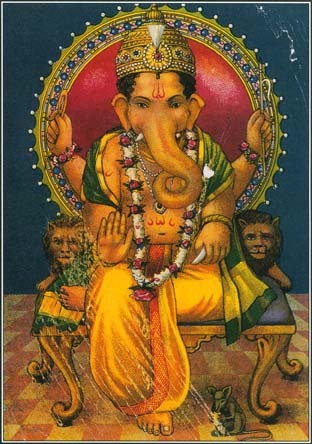
 Athiests deny the existence of God while agnostics neither believe nor deny any divine beings. Siding with the latter has provided many benefits in my life. For example, I don't have to go to church every Sunday, or confess my sins to a sanctimonious pedophile, I mean, priest, or pray five times a day, or fast for a month, or not work after sun down, or give something up for 40 days, or be prohibited to consume certain foods, etc., etc., etc. The list of personal conveniences goes on and on. I know most of you must be appalled by my iconoclastic views, and I respect that. But you also have to respect that you have your religious beliefs and rituals, and well, I don't have mine.
Athiests deny the existence of God while agnostics neither believe nor deny any divine beings. Siding with the latter has provided many benefits in my life. For example, I don't have to go to church every Sunday, or confess my sins to a sanctimonious pedophile, I mean, priest, or pray five times a day, or fast for a month, or not work after sun down, or give something up for 40 days, or be prohibited to consume certain foods, etc., etc., etc. The list of personal conveniences goes on and on. I know most of you must be appalled by my iconoclastic views, and I respect that. But you also have to respect that you have your religious beliefs and rituals, and well, I don't have mine.Although I have a rudimentary understanding of some of the world's major religions, such as Christianity, Judaism, and Islam, the one religion I never got to familiarize myself with is Hinduism. Since it's the dominant religion in India, I thought I'd do some homework and tell you a little about what I've learned. One caveat: my blog entry cannot possibly explain everything from its origin to the beliefs and practices. I am only providing a few facts that I found most interesting.
- Hinduism is the world's third largest faiths, after Christianity and Islam, as it is practiced by 13% of the population. It is also considered to be the world's oldest organized religion.
- The caste system stemmed from Hinduism with the brahmins (priests) at the top ruling over ancient India, followed by the kshatriyas (warriors), the vaishyas (merchants and farmers), and the shudras (lowly peasants). Outside of the four main social castes are the "untouchables" or outcastes who took on jobs deemed too polluted and lived outside the village boundaries so they could not come into contact with the other social classes. High-caste Hindus tend to have Caucasian features and lighter skin, while the poorest parts of India are generally darker. The rigidity of this caste system was much adhered to during earlier times, but some elements of this still persist to this day.
- Your caste also determines what color and form of the mark you wear on your forehead called tilak or pottu. Brahmins: white, kshatriyas: red, vaishyas: yellow tumeric, and shudras: black charcoal. The mark cools the forehead, protects you, and prevents negative energy. (So that's why they're called dotheads.)
- As there are thousands of gods within Hinduism, most families have a shrine at their home with pictures and statues of gods and goddesses they pray to and provide offerings of fruits and sweets. Each god comes with fascinating stories of how they came about. Two of the most popular gods are Krishna (picture on left) and Ganesh (picture on right).
- Hindus believe in karma which means if you behave unethically, undesirable consequences will come back to haunt you. Human beings are born again and again to gradually reduce their karma until it is eliminated and the individual will no longer be reborn and will achieve salvation.
- Meditation and yoga are important practices in Hinduism to achieve the state of sanadhi or union of the human soul with the universal soul.
- If you build a temple or shrine (even a makeshift one of no structural value) in the middle of the road, no one can remove or destroy it. Some buildings even have pictures of gods posted in every corner to prevent people from spitting (yes Indians like to spit everywhere, especially corners of stairs).


Left: Temple in the middle of a busy intersection.
Right: Shrine at Justin's family's home.
No comments:
Post a Comment